Guidance for Modeling EWN® Watershed Management Methods using GSSHA
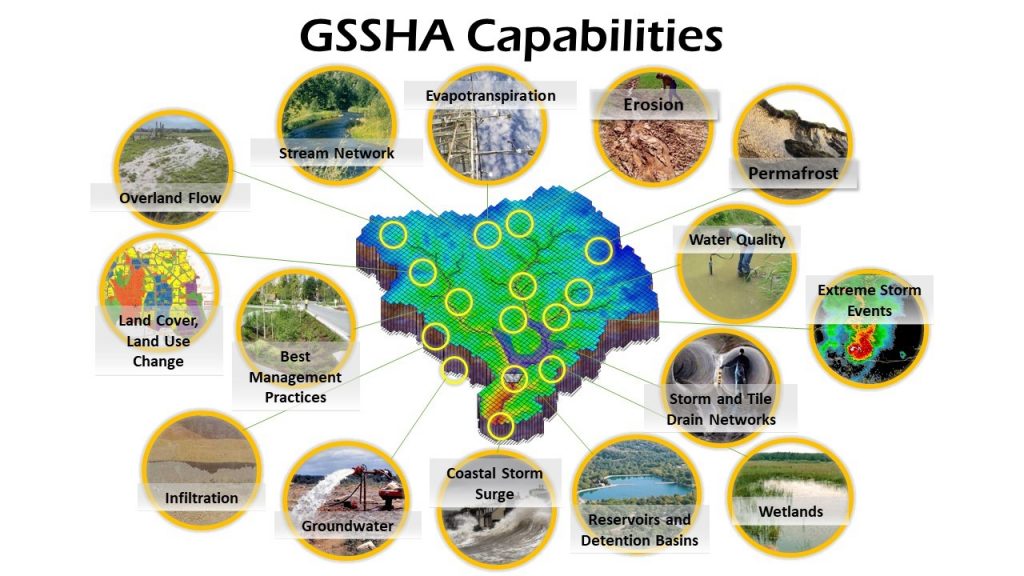
This project creates guidance and training materials on how to apply EWN® principles in GSSHA as an integral part of a holistic watershed management plan. By demonstrating the techniques and approaches, and providing guidance on how to apply them, this project will enable engineers and planners to develop better watershed management plans that have a stronger […]
Understanding Ecosystem and Engineering Risks and Benefits Associated with Native Vegetation on Riverside Levees
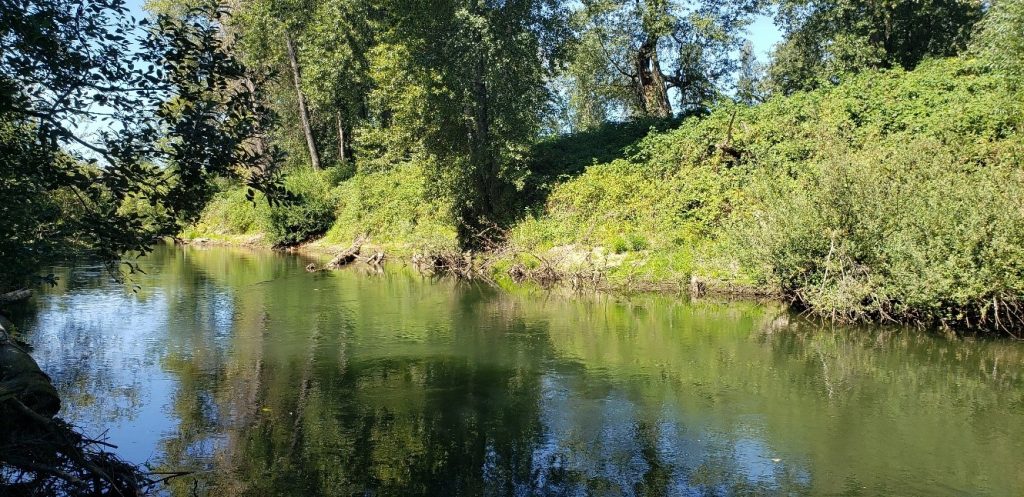
This project addresses two basic questions: Our team includes experts in river processes, botany, ecology, economics, and geotechnical and levee safety from within the Corps of Engineers. We are learning from district levee inspectors, levee sponsors, and outside experts through site visits across the US. Using the latest science, engineering, and field based experiences […]
Remote Sensing of Back-Bay Establishment Following Sediment Nourishment
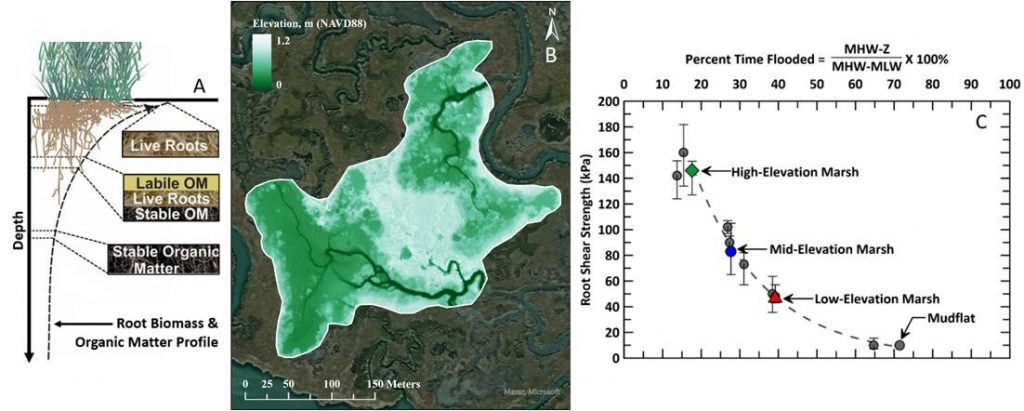
This project will refine remote sensing techniques to monitor morphological and ecological trends of beneficial use of dredged material (BUDM) sites over time. Providing USACE with reliable methods to monitor BUDM sites will provide the confidence needed to initiate more BUDM projects, which in turn will help USACE to reach their goal of using 70% […]
Engineering With Nature® (EWN®) Dogtooth Bend Resilience Support
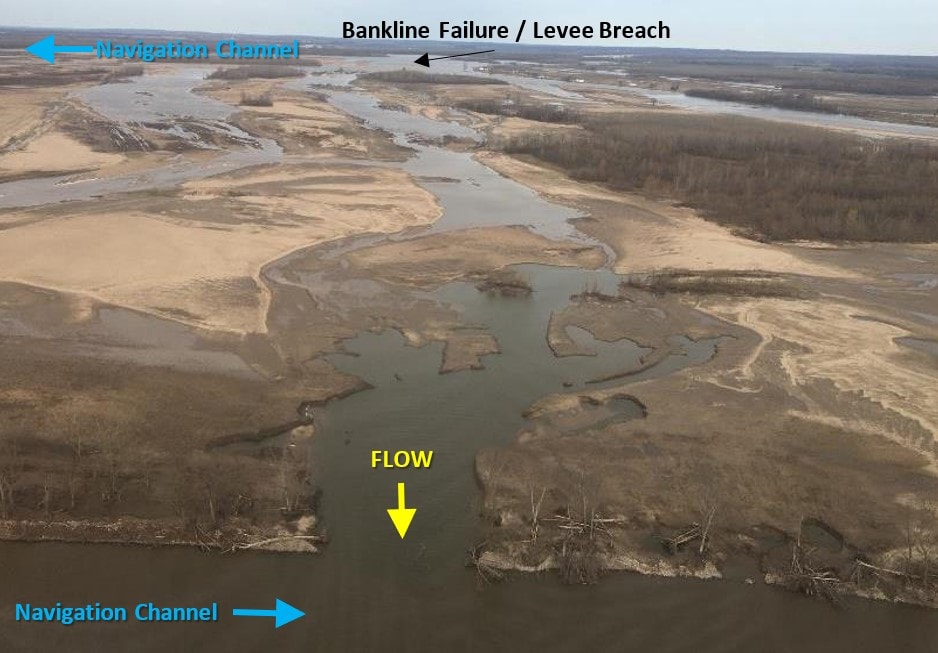
This project will leverage lessons learned from a traditional USACE-led PL 84-99 focused structural mitigations in big river environments and extract recommendations for future nonstructural multi-agency and partner projects in similar geographic, geophysical, and economic contexts. Enhanced social, economic, and environmental benefits associated with nonstructural flood risk reduction measures and floodplain restoration will be documented […]
Coral Reef Integrated Model Toolkit
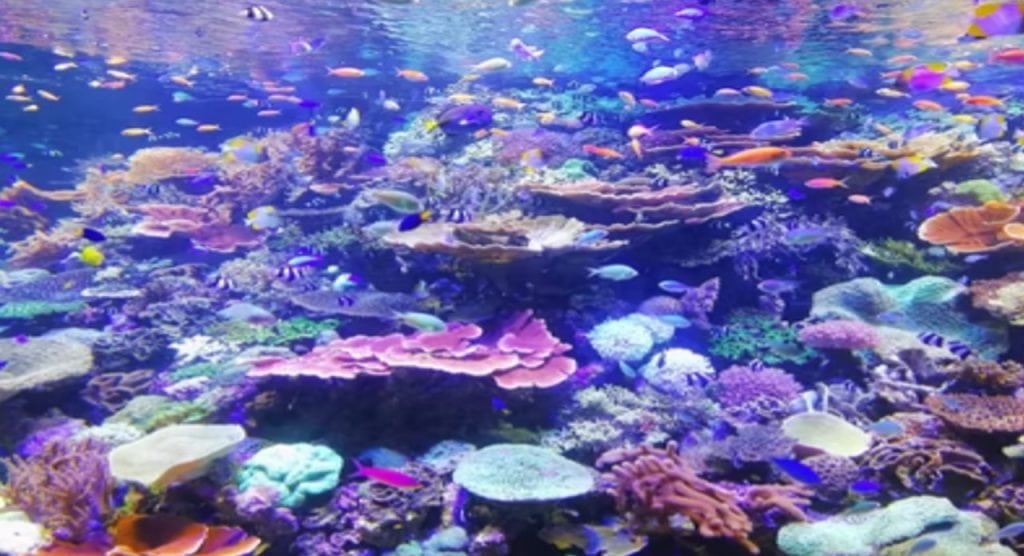
This project will develop a modeling tool and guidance documents for forecasting long term coral reef dynamics as a Natural and Nature Based Feature (NNBF). The project will help promote the design and implementation of coral reefs as NNBFs and facilitate their successful incorporation into USACE Coastal Storm Risk Management and restoration studies. NOAA National […]
Comprehensive Benefits Evaluation for Nature-Based Solutions

Natural Infrastructure Opportunities Tool (NIOT) Case Study Development, User-Base Expansion and Updates
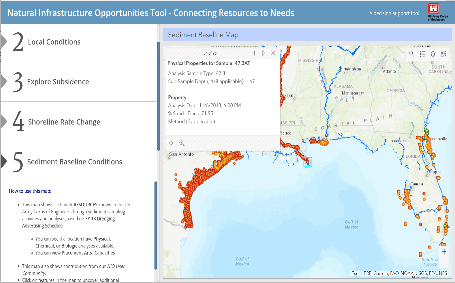
The Natural Infrastructure Opportunities Tool (NIOT) is a public facing, web-based decision support tool that allows users to explore data relevant to Natural Infrastructure (NI) projects, as well as view or add NI resource or project needs. The tool includes national and regional datasets and can be adapted for regional use or fine-tuned for local […]
Reservoir Sedimentation and Sustainability with NNBF
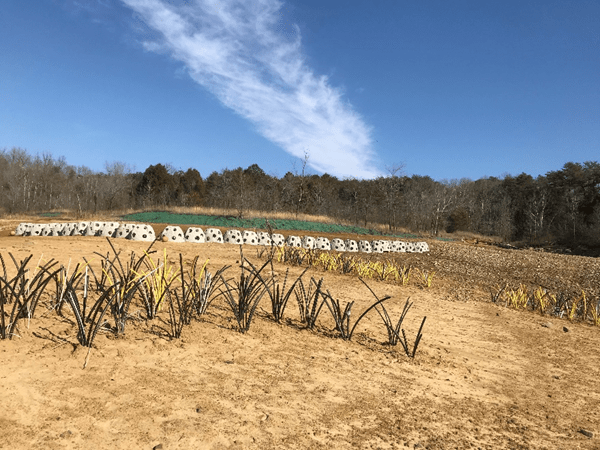
Shoreline erosion and reservoir sedimentation is a major issue within reservoirs and lakes, and there are no existing guidelines available to establish priorities to treat excessive shoreline erosion. Sedimentation negatively affects reservoir and lake storage capacity, water quality, recreational activities, and fisheries. This project will develop, test and monitor NNBF projects to provide new and […]
Post Wildfire Watershed Restoration for Flood Risk Management (FRM)
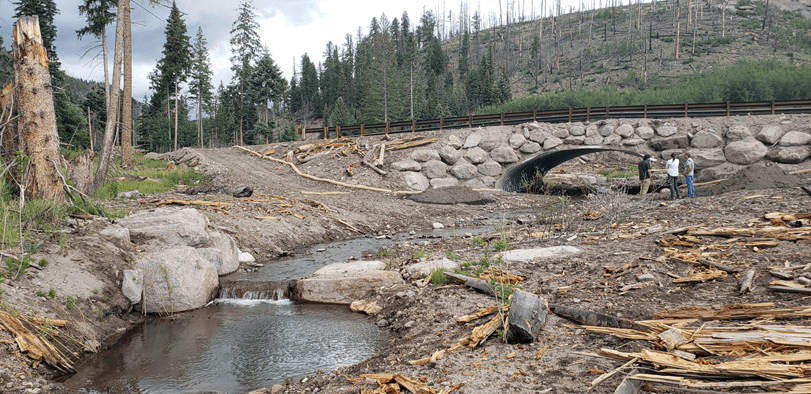
Wildfires can cause extreme loss of vegetation and soil instabilities that make affected areas highly susceptible to increased runoff, flooding, and transport of debris, and reduced quality of aquatic and terrestrial habitat and water quality. Managing wildfire recovery efforts by applying EWN principles has the potential to provide a wide range of flood risk management […]
Identifying Best Practices for Financing Natural Infrastructure Projects: Insights for the Engineering with Nature® Initiative
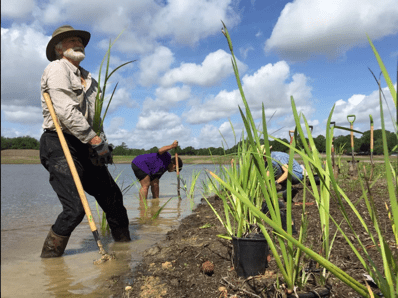
There is currently a lack of information on how to fund or finance natural infrastructure (NI). As NI continues to be mainstreamed, project leads will require innovative financing practices to account for the different lifecycle costs associated with NI projects. This project seeks to identify, evaluate, and share examples of NI projects that have secured […]

